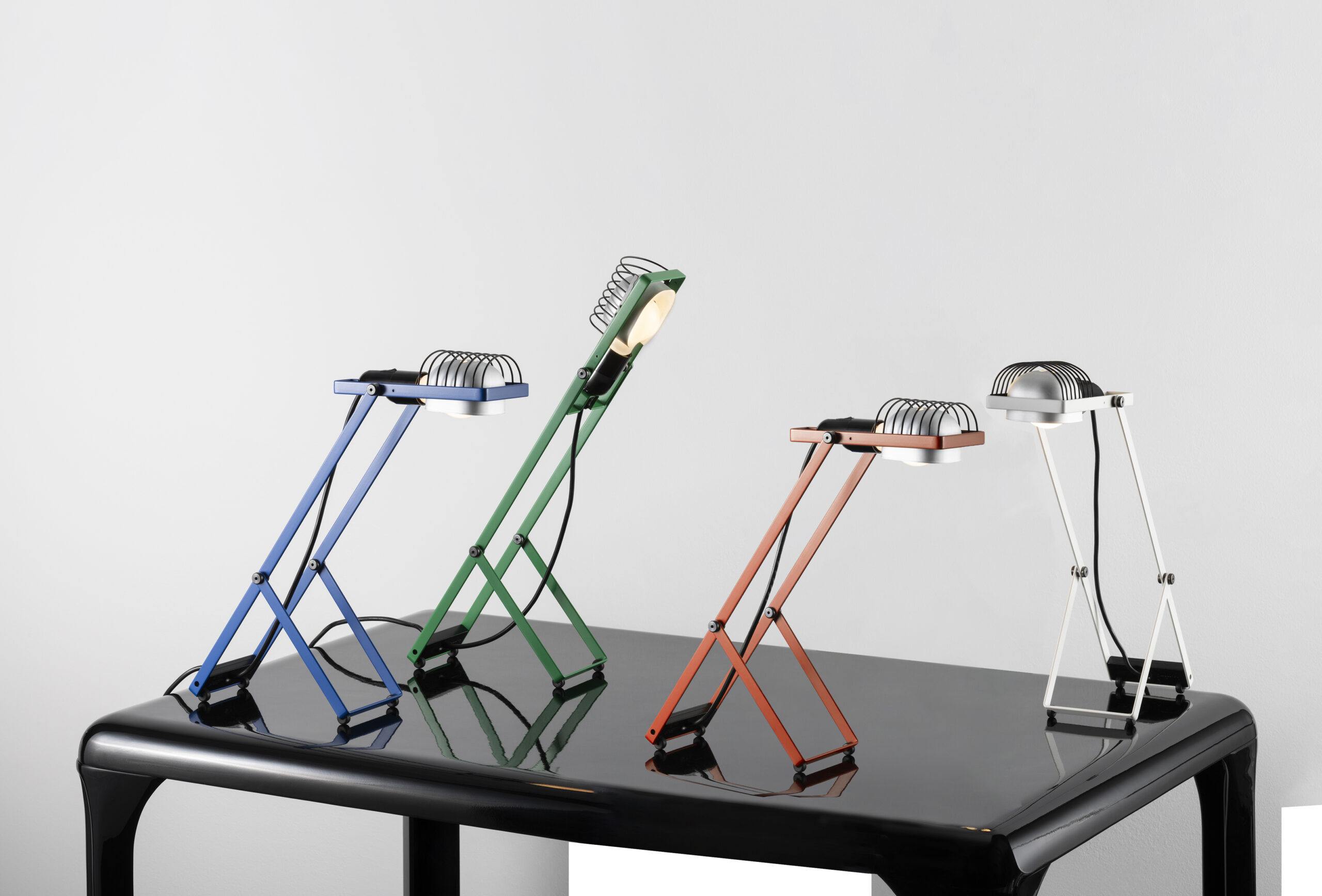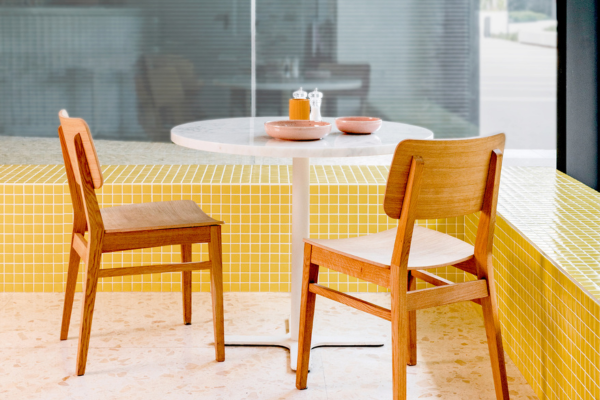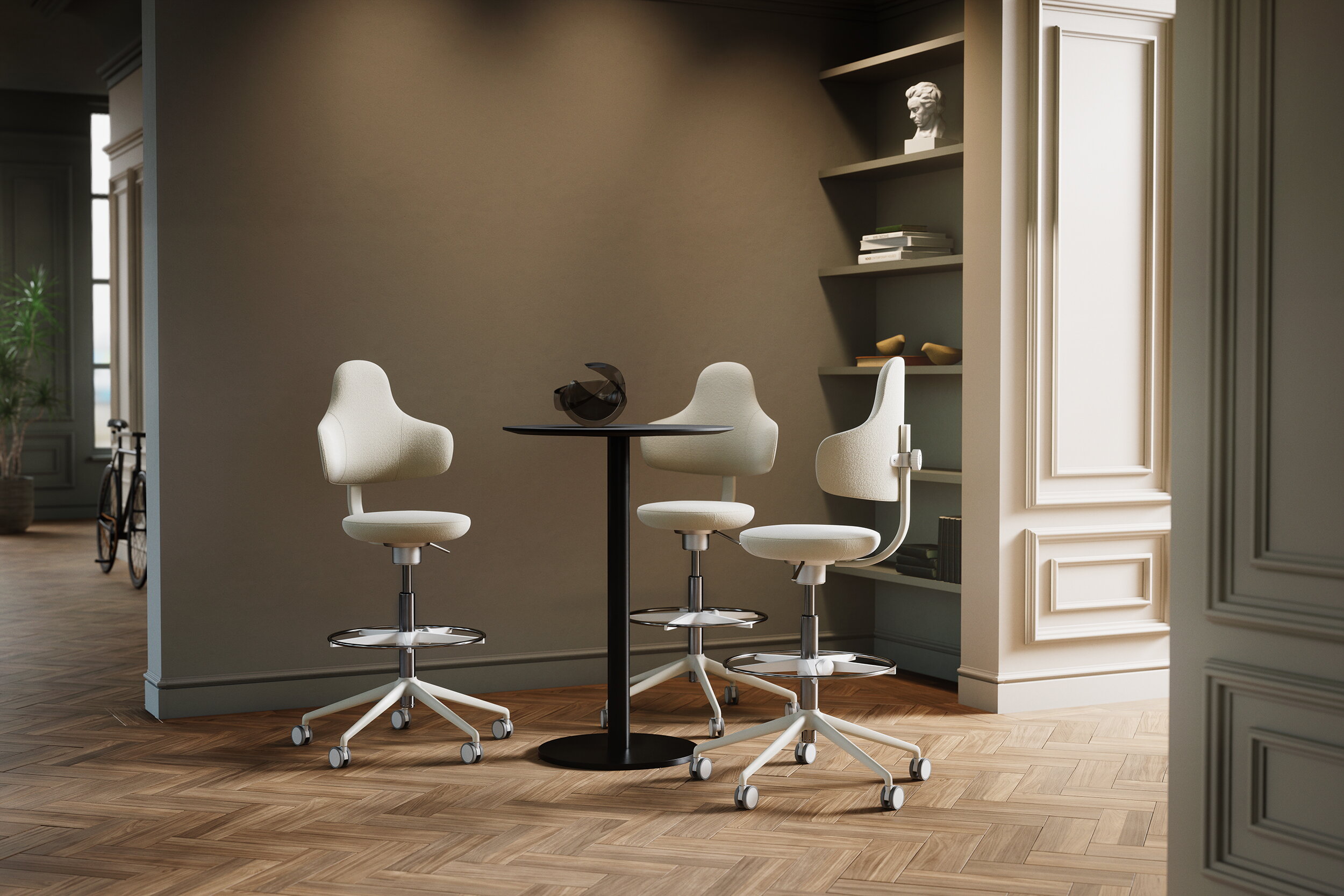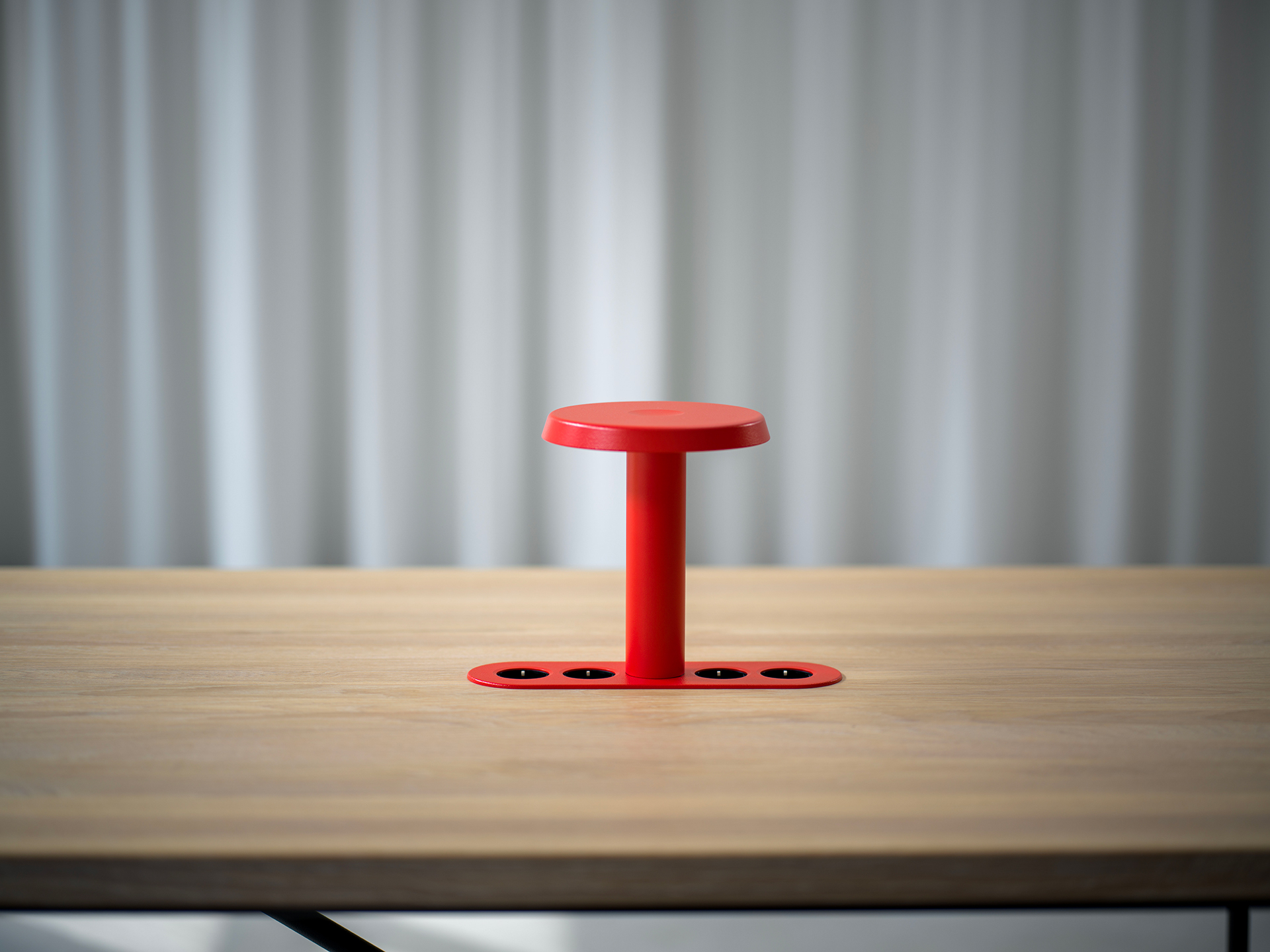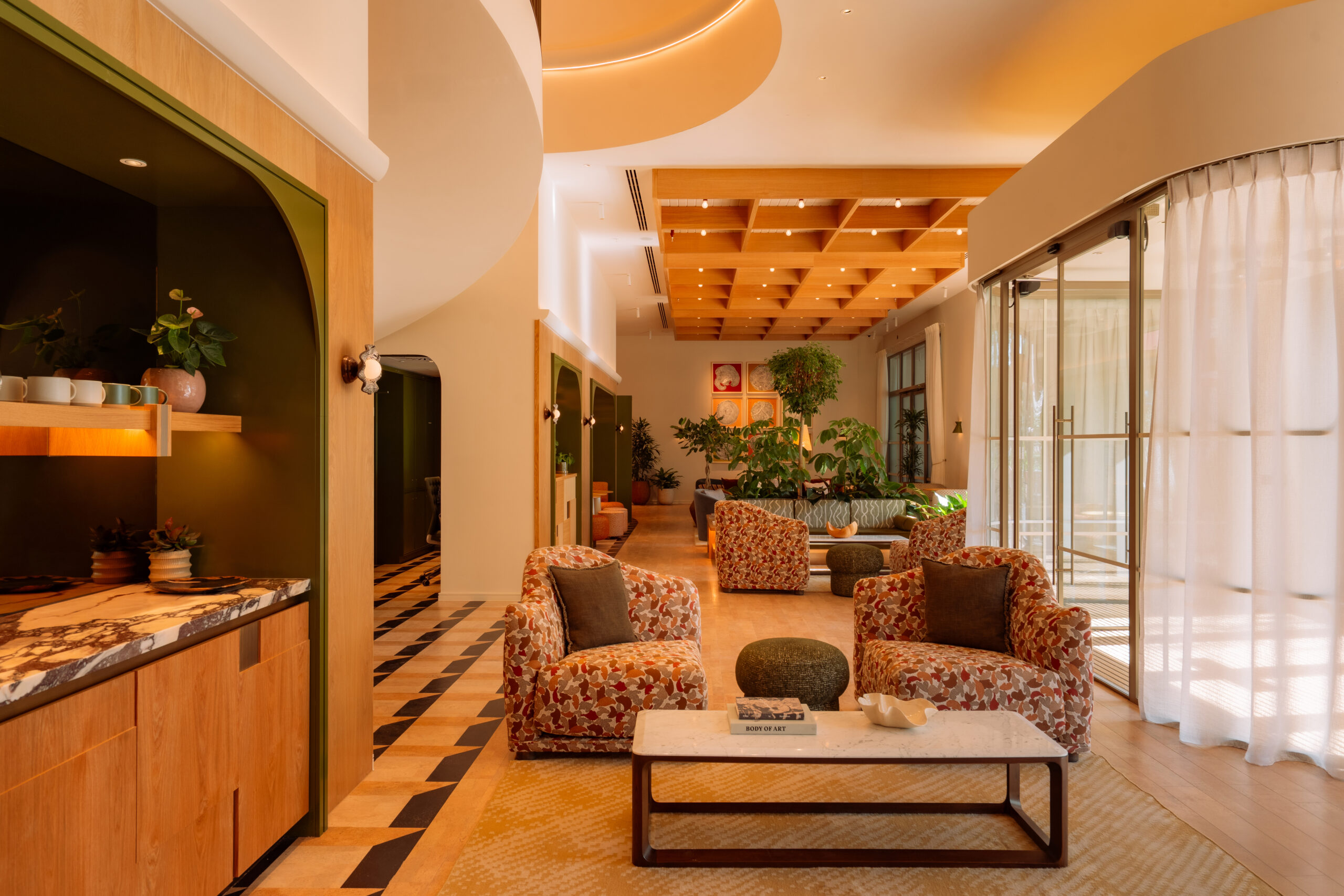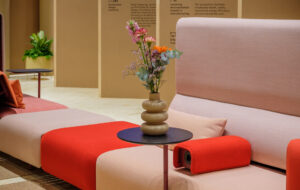 Google’s London Campus will have a roof forest|||
Google’s London Campus will have a roof forest|||
Much has been written recently extolling the virtues of employee-centred workplace design, but there has been very little serious research backing the trend. The result has been workplace design strategy driven by fads and buzzwords, and where no concrete benefits are subsequently felt by employees. Ultimately, ill-informed redesigns can prove expensive exercises in futility if employees don’t ultimately benefit in terms of quality of life and productivity.
Afterall, employees will find little use for a running track on the roof, if the air quality is still poor.
Tim Oldman, CEO of Leesman, has been carrying out research into workplace strategy, management, satisfaction and effectiveness benchmarks. OnOffice had a catch up with Oldman and he told us what his recent research is telling us about the latest office design trends.
OnOffice Is there a real correlation between workplace design and productivity?
Tim Oldman In 2010, I set out with a singular objective – to examine (at a depth never before attempted) exactly how workplaces support employee and organisational performance. Leesman has now surveyed over quarter of a million employees worldwide and the data we have reveals that only 57% of employees agree that the design of their workplace enables them to work productively.
… Here lies the problem!
I truly believe the physical work environment can seriously impact the way people are able to work. Satisfaction levels are scarily low in every facet of the work environment, from the amount of coffee available to the air-con and the variety of spaces offered.
Leaders need an appetite for workplace transformation
OnOffice Why do so many leaders get it wrong when it comes to workplace design and productivity/wellbeing?
TO Workplaces are tools in competitive advantage, and we’re beginning to understand this, yet they’re still not being truly harnessed. A lot of business leaders are failing to see how important the physical workplace really is.
It isn’t fair to blame clients though, those at the helm of the ship as it were. The onus is on the workplace industry, from consultants to designers, to shed light and show real evidence on how various aspects of a space can impact workplace effectiveness.
OnOffice Is there still a bit of dismissal when it comes to putting wellbeing at the centre of workplace design? (for example, do some bosses still think it’s baloney, or not that important)? Are these attitudes changing?
TO The attitude is changing, yes. Most organisations are putting wellness at the top of the agenda in general. The only thing stopping them is there are only a few true advocates who can prove it delivers value back into the organisation. When asked to prove how increasing employee engagement or wellbeing can help heighten workplace effectiveness and consequently productivity, few can provide a robust provision.
Every leader we speak to has an appetite for workplace transformation projects, however they also want proof it will positively affect their workforce and ultimately the bottom line. With vast capital sums being invested in refurbishment and relocation fit-out projects, leadership teams would be forgiven for expecting them to deliver significant operational benefit! Our evidence shows this isn’t always the case though.
The design community needs to use evidence when creating workspaces. Having a cutting-edge office with the latest furniture isn’t enough – it needs to also deliver on its promises and be fit for purpose.

OnOffice What are some of the key benefits of putting employee wellbeing at the centre of workplace design?
TO One of the many benefits of putting employees at the centre of workplace design is talent – this isn’t just talent attraction but also retention. We operate in a world now where competitors are often located next door to one another – take the financial services industry for instance. It is important employees know the space they’re required to work in actually supports them to do so. Employees generally won’t want to work somewhere they’re not able to do their best work in, especially if they can work for another organisation where the physical space does enable them to work effectively.
OnOffice What are some common mistakes and misconceptions?
TO How long do we have? The list is almost endless.
Firstly, there’s the assumption that an interior design project alone will provide operational value. Without having HR, IT and FM all involved in the process, plans will just fall flat.
Noise if a definite factor that (on the whole) we’re still getting wrong in our workplaces. Noise unquestionably has an impact on our work, but funnily enough, nobody really listens to this fact – you still see hard floors in open plan spaces. We find those that report a dissatisfaction with noise are much more likely to report that their workplace design does not support productivity. So if you move employees to open plan environments and offer no means of escaping the noise then you’re introducing a productivity toxin into the mix.
A long way to go before design really supports employees
There’s this myth flying around that millennials are very different and incredibly hard to please. Across our database, the youngest employees actually rank the highest in satisfaction scores, so evidently not. Designing for the youngest employees in organisations means ignoring a large proportion of the workforce, because those under the age of 35 only represent around a third of the workplace population across assessed spaces. By focusing too much on millennials we risk implementing a misguided solution for the remaining generations.
OnOffice What are some easy wins when it comes to promoting employee wellbeing through workplace design?
TO We’ve still got a long way to go until we start seeing workplaces that are designed in a way that really supports employees.
My main piece of advice would be to understand what employees do. It sounds obvious, but the most productive employees are those who have the tools that support their role in the organisation. We can now clearly evidence the factors that most influence an employee’s ability to report that their workplace enables them to be productive. Offering a variety of work settings is key, as is reducing the destructive impact of noise. And don’t overload the collaborative space at the expense of the individual focussed space. Our most recent research shows that personal perception of productivity is most strongly associated with the ability of a space to support individual not collaborative work.
OnOffice …and some pitfalls?
TO The easy wins are the things that are often forgotten or overlooked. It isn’t about going for gleaming new designs – we need to get the simple things right first.
Having a gym on site and a beer tap for Fridays won’t cut it. Is the air quality still poor? Is there somewhere for employees to take a private phonecall? Is it too dark to read anything not on a device? Surely these things are more important than trivial / luxury design features.
Tim Oldman, CEO of Leesman tells OnOffice what the research really says about trendy office design, and what leaders can do if they really care about employee well-being


